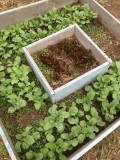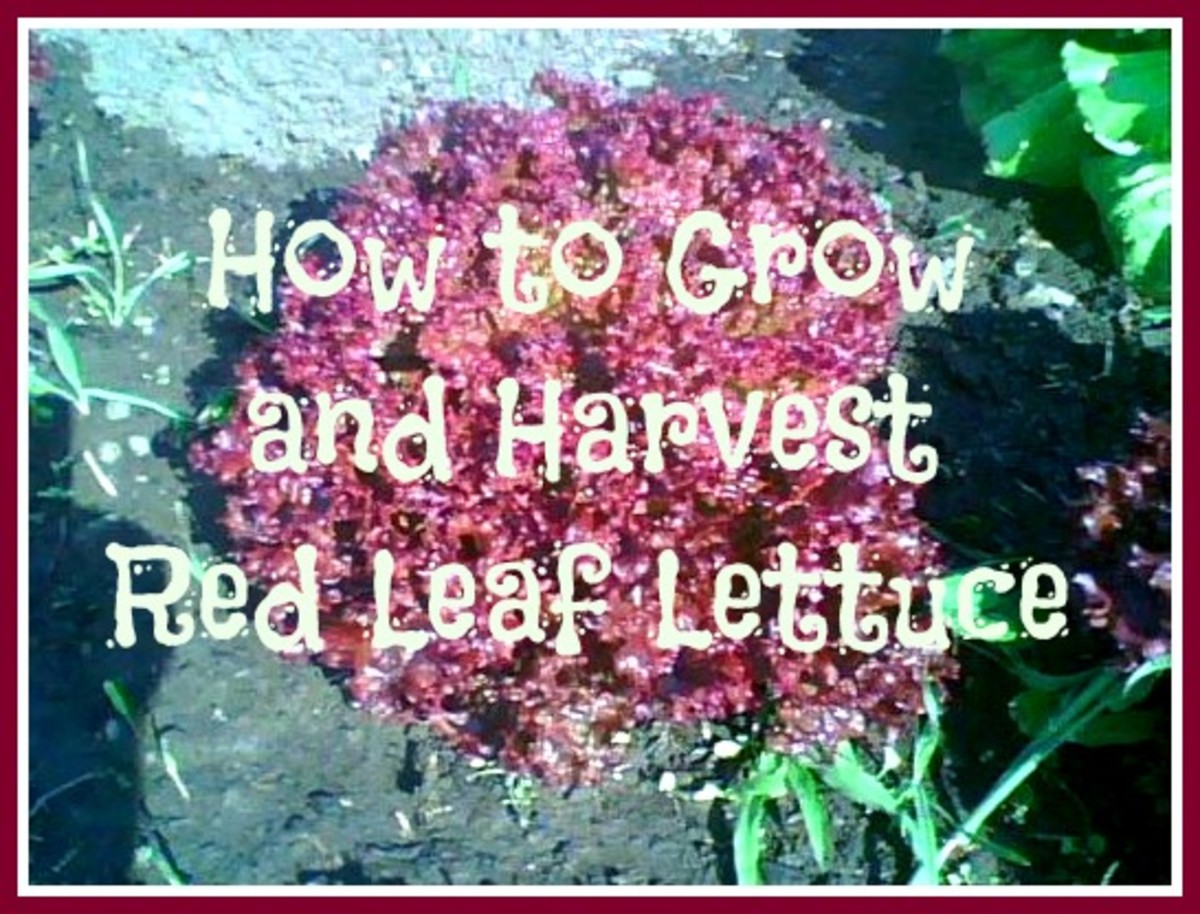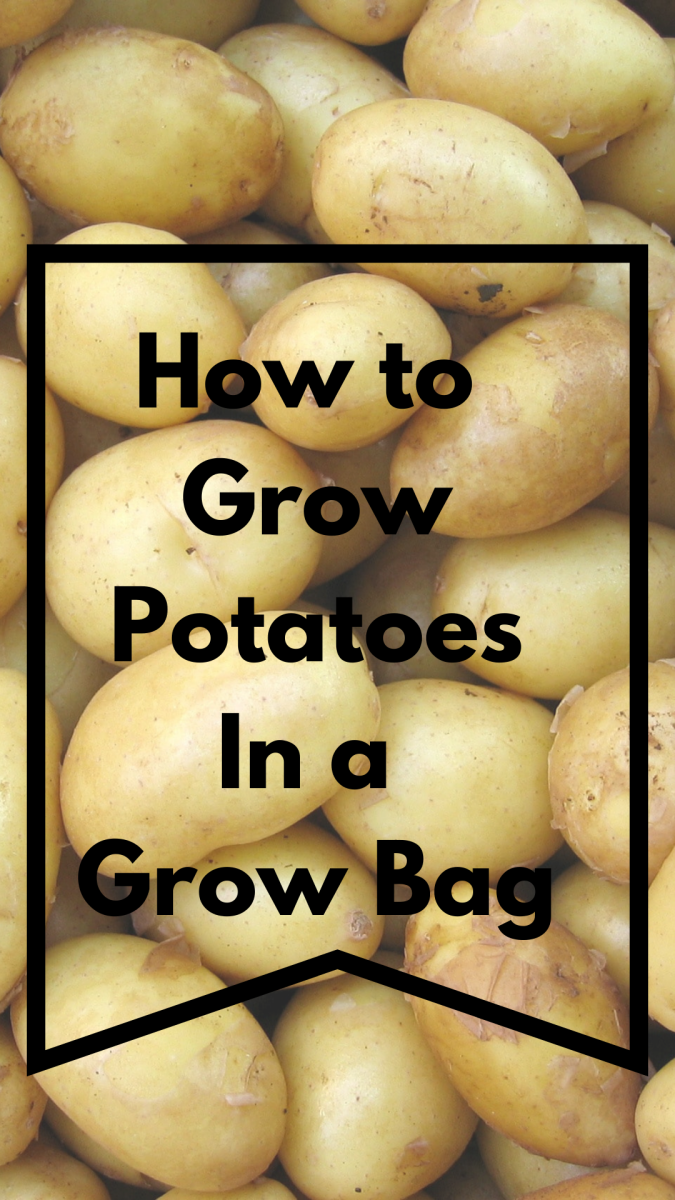Six Reasons to Grow Your Own Vegetable Transplants
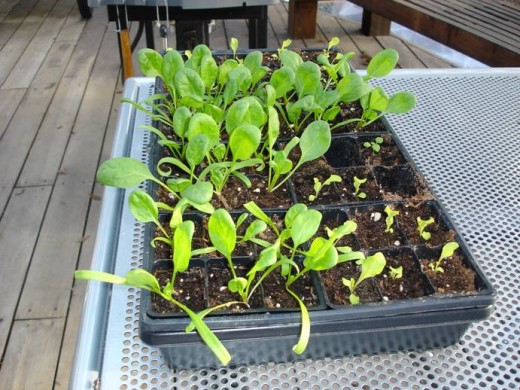
Grow Your Own!
Raising my own vegetable plants from seed is one of the things I love best about vegetable gardening. Watching those tiny tomato and pepper seeds come up in the dead of winter, knowing these delicate, tender seedlings will soon be providing us delicious vegetables in the halcyon days of summer is a thrill akin to watching a magic show. I also like the way my seedling growing room smells like tomatoes in February!
Raising your own transplants to set out in the vegetable garden does have some disadvantages. For one it is more work than going to the nursery and buying seedlings ready to plant out. It is also more expensive than direct seeding and raising those seedlings can be like tending baby birds. They need daily attention and care! But the advantages far outweigh the inconveniences and extra work.
If you are reluctant to try your hand at “growing your own”, read on to learn the numerous benefits.
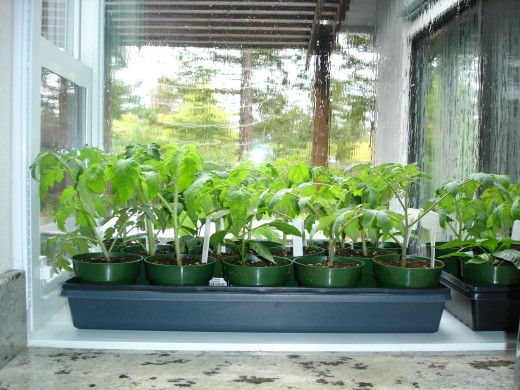
Get a jump on the season
March might come in like a lion, but it goes out like a lamb and you want your spring vegetables ready and growing by your first frost-free date, not lying dormant in a seed packet. By starting my lettuce indoors four weeks early, I have transplants in the ground by March 23rd and we are enjoying fresh salads a month ahead of the seed sowers in the neighborhood.
I reverse the logic in late summer and early fall when our northern California Indian summer makes it too warm to start lettuce seeds outside, but the shortening days mean plants must be established and growing by November 1st. I start my winter crop of greens indoors where I can modulate germination temperatures and have a beautiful crop of transplants ready to go in the ground by late October. They grow more slowly in winter so I start more and plant them six inches apart. We eat fresh lettuce, spinach, and mesclun straight through to mid-February when the spring cycle begins again.

Beat the bugs!
Growing your own transplants rather than direct seeding is an excellent way to confound the bugs. One reason is because mature, healthy seedlings are better able to withstand an insect onslaught than delicate sprouts just emerging from the soil. Plus you can plan to transplant before or after peak bug infestations. For example, if aphid populations peak in your region on April 1st, you can hold off transplanting the lettuce until April 15th when the spring ladybugs start swarming to enjoy their aphid feasts. Your seedlings go in the ground post aphid and you are not behind the growing season because your plants had an indoor jump start and are already sprouted and flourishing.
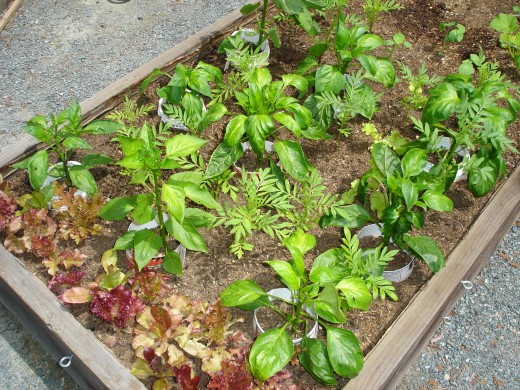
- When to Start Seeds - Growing Your Own Plants from Seed
Growing plants from seed is an easy, inexpensive way to get more plants. The hard part is often knowing when to start the seeds. Here are a few easy tips to get you on the right track for seed starting. - Seed Starting - How to Successfully Start Plants from Seed
Starting plants from seed isn't rocket science, but there are several seed starting tips that will help your success rate with seed germination and give your seedlings a healthy start. Here's how to start seeds indoors and the seed starting supplies.
Be efficient
Growing transplants is an efficient use of time and space, especially for small gardens, because you are effectively growing two crops at once: the one in the ground and the one on your window sill. For example, the spring peas are fading by the end of April and you will be soon clearing them out to put in your cucumbers and squash. If you have the seedlings started, you can transplant them the same day the last pea vines come out and your cukes and zucchini have a 3 or 4 week start on any seeds you might have planted instead! You increase food production by decreasing the time a crop occupies a bed.
Transplants are necessary if you plan to do intensive growing or succession planting. You must have a reliable stream of bed-ready transplants to pop into suddenly vacant places or fill in where bugs or disease felled a plant or two. (See my article “How to Plan for Continuity of Crops” for more on succession planting).
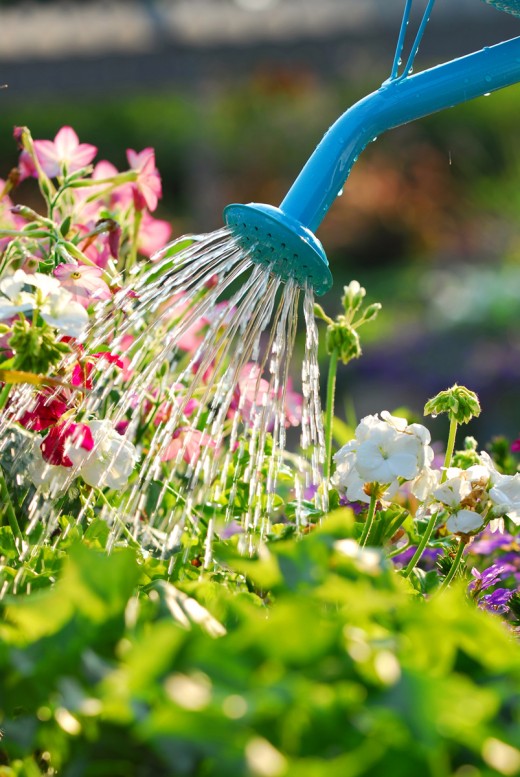
Conserve water
Growing your own transplants will help conserve water, which is important in our dry California climate where shortages are common. If you plant an entire bed in seed, you must water that entire bed until the seeds come up. If you plant a 2’ x 3’ flat in seeds, you must only water the flat until the seeds come up. And since the flat is in the protected environment of your kitchen or other growing room, there are no drying winds or bright sunlight to dehydrate your soil and foil your watering efforts.
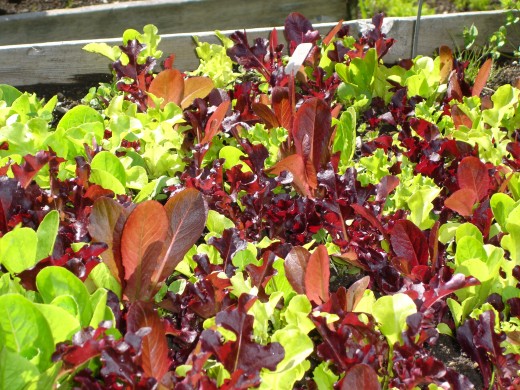
Save money
Growing your own seedlings can save you plenty of money. I routinely plant 50 or more lettuce seedlings in my spring garden and another 50 in the fall. Buying 100 plants would be prohibitive. I also start dozens of marigolds, the workhorses of the pest control flowers. Last year I sowed two marigold seeds per container in my 36-cell pack. Almost every one came up. Since I hate to throw away a seedling I transplanted all of them and wound up with about 70 marigolds! All from a .75 cent seed package.

Still Don't Want to Grow Your Own?
- Tasteful Garden - Organic tomato , Herb, and Vegetable plants
Tasteful Garden has naturally grown tomato plants, vegetable plants and herb plants delivered right to your door and ready to plant in your own vegetable garden.
Variety!
But the greatest benefit you derive from growing your own transplants is the wonderful variety of crops and cultivars you can start. Most nurseries do not have dozens of heirloom tomato cultivars to choose from, or kohlrabi seedlings, or exotic hot peppers, or Bright Lights chard, or beautiful purple cabbages. If you grow your own seedlings your garden can be as full of variety as your tastes and imagination allow!
Give it a try! Start just one flat of lettuce, a cell pack of heirloom tomatoes, or some exotic, hot chili peppers. You will soon be hooked by the magic, flexibility, and artistry of growing your own!
See you in the garden!

